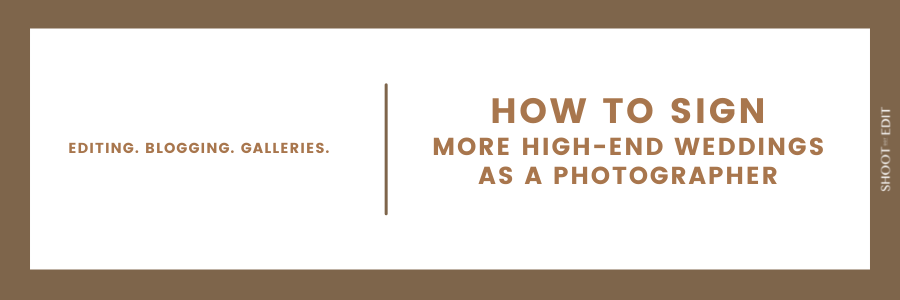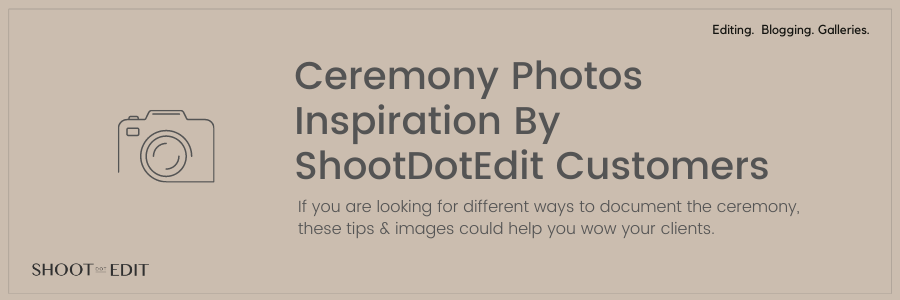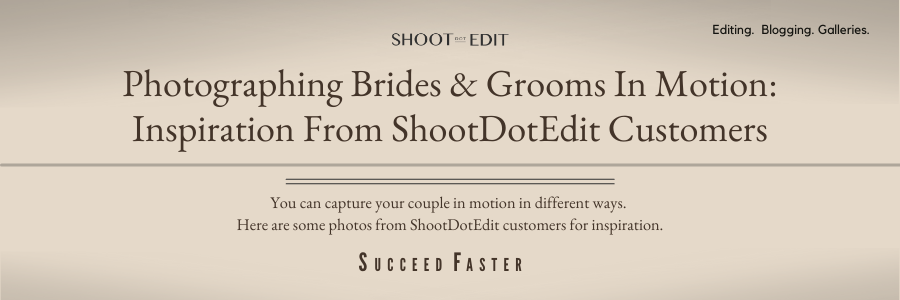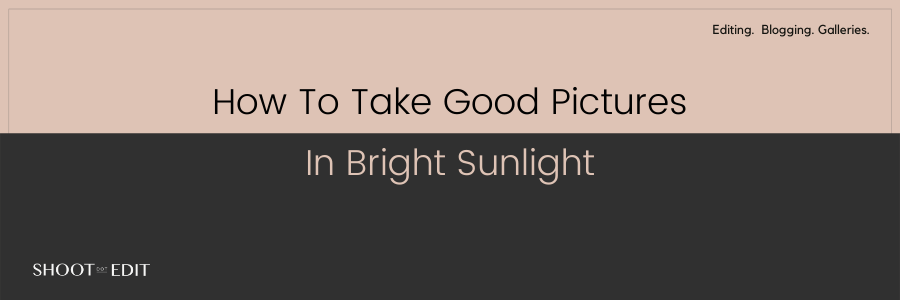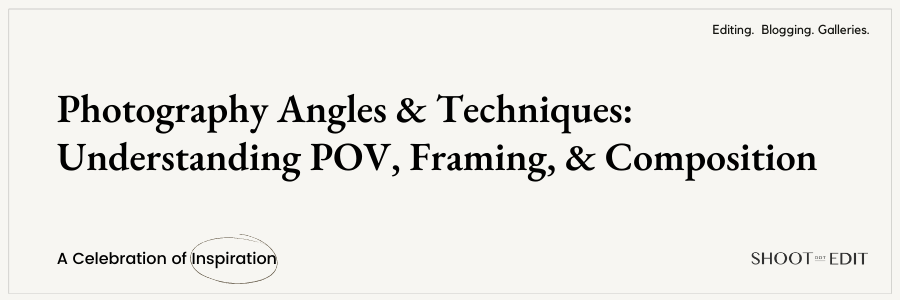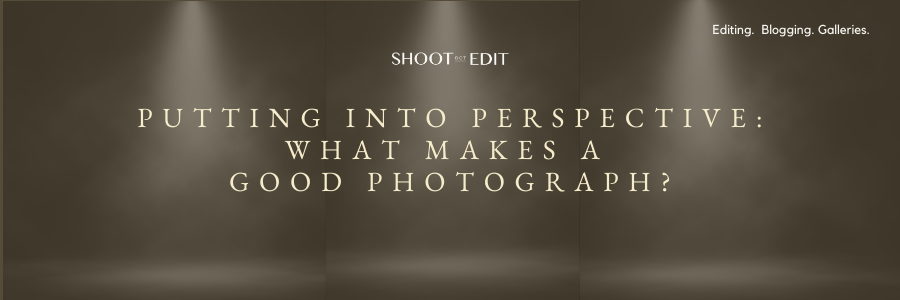TTL Or Manual Flash For Weddings: Which One To Choose?
Photography lighting is a complex and dynamic field. To create stunning and professional-looking wedding photographs, you must understand how to use light to your advantage. One of the most important aspects of photography lighting is choosing the right camera flash. There are two main types of camera flash: TTL flash and manual flash. In the industry, there has been a constant battle between which lighting tool is better, and numerous experts have pointed out the advantages and disadvantages of the two lighting techniques. So who is right and wrong? And which one is better than the other? Well, the real answer is it depends on what kind of event you are shooting. The key is to know when and where each one is at its greatest. When used correctly, both TTL and manual flash can help create beautiful and balanced photographs. In this blog, we’ll explore which one is better, TTL or manual flash for weddings, and help you decide which one is right for you.
TTL Flash Explained: What Is TTL Flash Photography?

To understand how TTL flash works, you first need to know what TTL is. TTL stands for Through-The-Lens metering. This metering system is built into the camera and uses the information that comes through the lens to help determine the right amount of light that should be exposed to your sensor.
It will take into account the aperture, shutter speed, and ISO that you have set on your camera and then use that information to determine how much flash should be used. TTL flash is a semi-automatic mode where the flash will fire automatically when it detects that there is insufficient light in the scene. It takes away the guesswork of how much light you should be using and gives you the flexibility to change your aperture, shutter speed, and ISO without having to worry about manually changing the flash output.
Suggested Read: Photography Basics: Shutter Speed Explained
How To Use TTL Flash For Weddings

- Set your camera to TTL flash mode.
- Half-press the shutter button to allow the metering system to take a light reading.
- It will then communicate with the flash unit and determine how much light is needed.
- If the metering system detects that there is insufficient light, the flash will fire automatically.
You can also use TTL flash in conjunction with other lights, such as natural light or studio lights. If you’re using multiple lights, the camera will take into account all of the light sources and then determine the appropriate amount of flash to use. If you want to fine-tune the output of your TTL flash, most cameras will have a “+/-” button that you can use to increase or decrease the amount of light. For example, if you want your subject to be brighter, you would press the “+” button. If you want your subject to be darker, press the “-” button.
Our tip: It’s important to note that TTL flash will only work if your camera is compatible with your flash unit. Most DSLR cameras made in the last few years will have TTL metering modes built-in, but it’s always best to check your camera’s manual to be sure.
How To Fix Overexposed Or Underexposed Wedding Photos
If you find that your wedding photos are consistently underexposed or overexposed, there are a few things you can do to fix the problem:
- Try changing the metering mode on your camera.
- Adjust the flash compensation. This is a setting on your flash that allows you to increase or decrease the amount of light that the flash emits.
- Change the aperture, shutter speed, or ISO on your camera.
Related Read: Understanding Exposure In Photography: A Complete Guide
Manual Flash Vs TTL: What Is Manual Flash?
Manual flash is slightly more complicated than TTL flash, but it gives you a lot more control over the output of your flash. With manual flash, you’re in charge of setting the amount of light that’s emitted from the flash unit. It is a great option for you if you have a lot of experience with flash photography and you want to have complete control over the light in your wedding photos. It’s also a good choice if you’re shooting wedding receptions in difficult lighting conditions, such as in low light or harsh sunlight.
Related Read: How To Take Good Pictures In Bright Sunlight
How To Use Manual Flash For Weddings

Using manual flash requires a little bit of trial and error to get the perfect manual exposure.
- Set your camera to manual mode.
- Take a test shot without the flash to see what the exposure looks like.
- If your wedding photo is too dark, you’ll need to increase the power of the flash.
- If your wedding photo is too bright, you’ll need to decrease the power of the flash.
Suggested Read: Flash Photography Tips: A Brief Intro To Artificial Lighting
TTL or Manual Flash For Weddings?

Should you use TTL or manual flash for weddings? There is no definitive answer to this question, as it depends on many factors, such as the type of wedding, the style of photography, and the preference. TTL can be convenient as it is quick and easy to use, but it can also be less reliable than manual flash as the camera may not always get the exposure right. Whereas manual flash settings give you more control over the amount of light that is outputted from the flash. But it can be a time-consuming process and may not be suitable for all types of weddings.
So, which is the best option for you? If you are photographing a fast-paced wedding where time is limited, then TTL flash may be the better option. If you want complete control over your flash and the ability to create exactly the look that you want, manual flash is the way to go!
TTL Vs Manual Flash: Mixing Flashes

Some photographers prefer to mix TTL and manual flash – using TTL for the majority of shots and then switching to manual for certain key moments. This can be a good way to get the best of both worlds! If you are using a manual flash, it is important to pay attention to the power output of your flash. One way to avoid over or under exposure is to use a small manual flash. This will give you more control over the power output and allow you to fine-tune the exposure of your images.
To compensate for the ambient lighting at your couple’s wedding venue, you can use additional lighting, such as TTL or manual flash for weddings. If your couple’s wedding reception is taking place indoors and the venue has high ceilings, it can get difficult to bounce the flash off the ceiling. In such lighting scenarios, it is better to use an off-camera flash mounted on a light stand with flash modifiers, such as a softbox. The softbox helps to diffuse the harshness of the flash and helps to evenly spread the diffused light. This becomes handy when you are shooting group portraits during wedding receptions. This off-camera flash can be put to manual mode, and then its intensity can be easily controlled with the help of an additional flash trigger mounted on the camera.
Further Read: Off-Camera Lighting Inspiration By ShootDotEdit Customers
So, what’s the verdict? TTL or manual flash for weddings? Ultimately, it comes down to personal preference and what you’re most comfortable with. If you want total control over your images, go with manual flash. But if you’re looking for a more hands-off approach that still gives you good results, TTL flash is a great option. Mixing flashes can also be a great way to get a variety of images- the flexibility of manual flash combined with the ease of TTL.
At ShootDotEdit, we are passionate about helping you grow your wedding photography business. A part of how we do that is by lessening your post-production workload with our professional photo editing services. To learn more about how we can help your wedding photography business, check out our pricing plans.


















